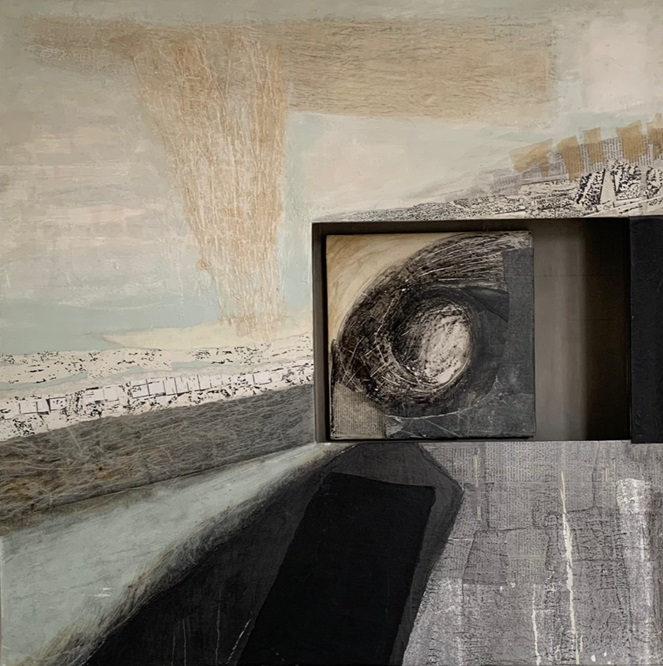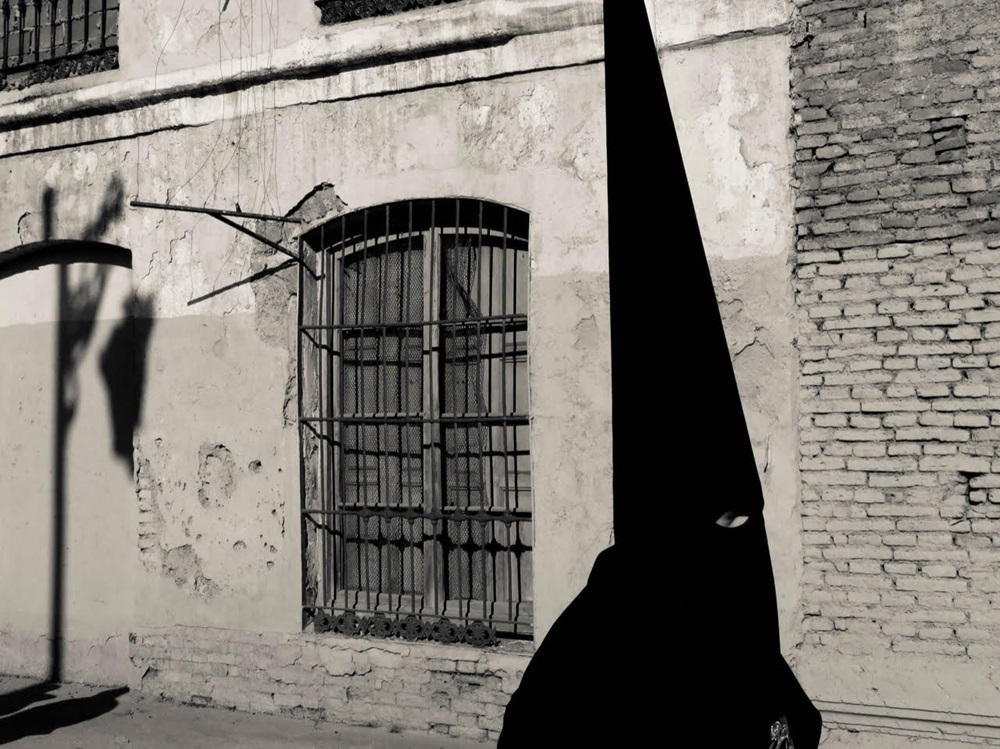European Wales Then … & Now?

Ceri Thomas
Well, the 2024 General Election may be over but surely the debate isn’t.
Throughout the campaign, and even beforehand, the two main UK political parties have repeatedly trundled out the mantra that the two main causes of our recent and ongoing economic woes have been the Covid epidemic and Putin’s invasion of Ukraine. At the same time, they have studiously avoided addressing the third big international element, namely that elephant in the room called Brexit.
However, in a quiet corner of leafy Penarth, at the Turner House Gallery, an art exhibition titled ‘The Euro-Wales 92 Group: Then & Now’ has been bucking this trend. It celebrates our Europeanness and provides the public with a snapshot of current and thirty-year-old art practice. It is a dynamic ‘then and now’ arrangement which reveals personal and wider continuities and changes.

Summer school
The idea of the Euro-Wales 92 Group arose out of an art summer school which I co-ran in the Tuscan hills, north-east of Florence, in 1991 with Scottish artist Kenneth Hay (now resident in France) and two Italian painters Massimo Callossi and the late Luigi Falai. The group was officially founded a year later in Barry by myself, Glyn Pooley (who had attended that Italian summer school) and the fine art photographer Robert Greetham (he and I had studied art at Aberystwyth University), plus eight other Wales-based artists. All eleven of us were united in the belief that Wales was and should remain part of an inclusive European culture. We last exhibited as a group in Cardiff in 1993, at the Third Wave Gallery (formerly West Wharf Gallery) in the Jacob’s Market building. Therefore, our current show in Penarth is part review and part re-launch.

New mix
Some three decades on from our beginnings, we are now a new mix of twelve exhibitors: three, original, founder members (Greetham, Pooley and myself) plus nine, new contributors. They are the Cardiff-based Lorna Edmiston (painter) and Dilys Jackson (sculptor), the Penarth-based artist Tony Alcock, the Barry-based artist Mary Husted, and painters Gerda Roper and Alan Salisbury, the Merthyr-based painter Gus Payne, the Burry Port-based painter-sculptor Jenny Allan and the Ceredigion-based artist Heather Eastes. In other words we are six women and six men, and all us are convinced that, despite Brexit and because of the plight of Ukraine, we in Wales need to maintain a collective sense of being European.

Continental links
Each artist has had links with the European continent either through his or her artwork or in some other professional or personal capacity during the pre-Brexit period. For example, connections to modern French art can be seen in the works of Alcock, Edmiston and Roper — and France is where Pooley’s early Welsh saints and their students travelled. Mediterranean culture (especially French, Greek, Italian and Spanish art and customs) has influenced Greetham, Roper and myself. In contrast, it is historical Dutch and other Northern European art that fascinates Salisbury. Alcock has lived and painted in France and Salisbury continues to spend up to half of the year doing so. Eastes has lived, drawn and painted in Germany and I have done the same in Italy.
In terms of art education, Eastes and Husted have studied in Germany; Payne has gone to Greece, having benefitted from the Erasmus programme (a casualty of Brexit); and I have been culturally enriched by a Council of Europe Higher Education Scholarship which supported me in Tuscany. Furthermore, Allan and Husted have family members on the European continent. And finally, Jackson and almost all twelve of us have exhibited either collectively or individually on the other side of an ever-more populated English Channel.

Unity in diversity
Our exhibition consists of mostly two-dimensional artworks but also some three-dimensional pieces, employing a wide variety of materials, techniques, ideas and styles ranging from painting and drawing to photography and sculpture, and from realism and surrealism to abstraction and assemblage. Our exhibits and artist statements (which can be found on the gallery’s website) demonstrate our multiple international connections, as they do our mostly oblique, and in some cases direct, ways of addressing aspects of Wales and Europe before, during and since Brexit. This unity in diversity is one of our strengths.

When we convened at the Turner House Gallery just over a year ago, one of the 1897 “en plein air” paintings of the coast at Penarth by the Paris-born Impressionist Alfred Sisley was on show there. In the early twentieth century, the Haverfordwest-born painter Gwen John settled in Paris. In recent decades, the prominent Wales-based painters Shani Rhys James and Claudia Williams (who died last month) and her late, Welsh-speaking painter-husband Gwilym Prichard have divided their time and art production between Wales and France.
Art collectives
So, what does it mean to be Welsh or British or European for us as individual artists? And what has it meant and what does it continue to mean for other art collectives such as the Welsh Group and 56 Group Wales (established in Cardiff in 1948 and 1956) or the Royal Cambrian Academy of Art (established in north Wales in the late Victorian period)? Similarly, how is it for institutions such as Amgueddfa Cymru-Museum Wales and the National Library of Wales, our currently challenged, living and historical, cultural repositories? What defines us and gives us a sense of belonging? These questions are embedded in our show and in Welsh (and British) society.

Yes, we are “an island nation” (or should that read ‘a collective of nations’) but we have been reminded by the English poet John Donne for exactly 400 years that “no man (or person) is an island”. We neglect our international connections — be they cultural, political, economic or environmental — at our peril. Therefore, it is our sincere hope that our exhibition (and our individual and collective agency) will enable the public (and ourselves) to reflect upon our artworks and on our shared culture(s) thirty years ago and now. This double-focus serves as a cultural ‘site’ for enjoyment and further debate.

Therefore, whilst the General Election dust is still settling, a visit to the Turner House Gallery and its ‘Euro-Wales 92 Group: Then & Now’ exhibition may prove refreshing. In so doing, visitors can decide for themselves whether this “quiet corner of leafy Penarth” is not quite so quiet after all, given Sisley’s and our albeit temporary presences there — and the solid fact that Hywel Ceri Jones, the distinguished, multilingual Welshman who masterminded the Erasmus programme, lives in the same road.
(c) Ceri Thomas — artist, art historian, curator
‘Euro-Wales 92 Group: Then & Now’ is at the Turner House Gallery, Penarth between the 6th June — 14 July 2024
Support our Nation today
For the price of a cup of coffee a month you can help us create an independent, not-for-profit, national news service for the people of Wales, by the people of Wales.





Diddorol iawn, a phwnc pwysig iawn -Very interesting, and a very important subject
Well done Ceri
John Donne wasn’t really English. The family name was originally Dwn and they came from Carmarthenshire/Caerfyrddin.